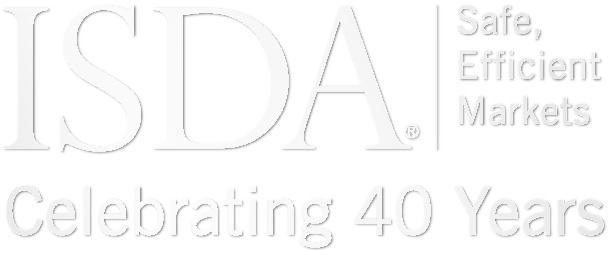The Fundamental Review of the Trading Book (FRTB) includes higher capital charges for carbon trading under the standardized approach to market risk, which has implications for banks in their role as intermediaries in the emissions trading system (ETS).
In an earlier paper, ISDA investigated whether the regulatory treatment of carbon credit trading under the FRTB is justified by focusing on the EU ETS. The appropriate treatment is important as overly stringent capital requirements would impair the functioning of the carbon market and hamper the willingness of firms to invest in the transformation to a green economy.
This paper extends the findings by investigating the risk of carbon certificate trading in two North American markets – the Western Climate Initiative and the Regional Greenhouse Gas Initiative – as well as the UK’s ETS.
Documents (1) for Implications of the FRTB for Carbon Certificates: A Global Perspective
Latest
From Milestone to Modernization
We’re coming to the end of an exceptionally busy year at ISDA, in which we celebrated our 40th anniversary and doubled down on our enduring commitment to safe and efficient derivatives markets. Reflecting on ISDA’s achievements since 1985, it’s clear...
Response on ASIC Derivative Transaction Rules
On December 3, ISDA submitted a response to the Australian Securities and Investments Commission (ASIC) consultation on the remake of the ASIC Derivative Transaction Rules (Clearing) 2015, which are due to sunset on April 1, 2026. ASIC proposed to remake...
IRD Trading Activity Q3 2025
This report analyzes interest rate derivatives (IRD) trading activity reported in Europe. The analysis is based on transactions publicly reported by 30 European approved publication arrangements (APAs) and trading venues (TVs). Key highlights for the third quarter of 2025 include:...
Ardagh Credit Event Processing and Trading
The Credit Derivatives Determinations Committee announced on December 15 that a restructuring credit event has occurred with respect to Ardagh. An ISDA Credit Market Infrastructure Group call was held on December 15 to discuss the processing of this event. The...



